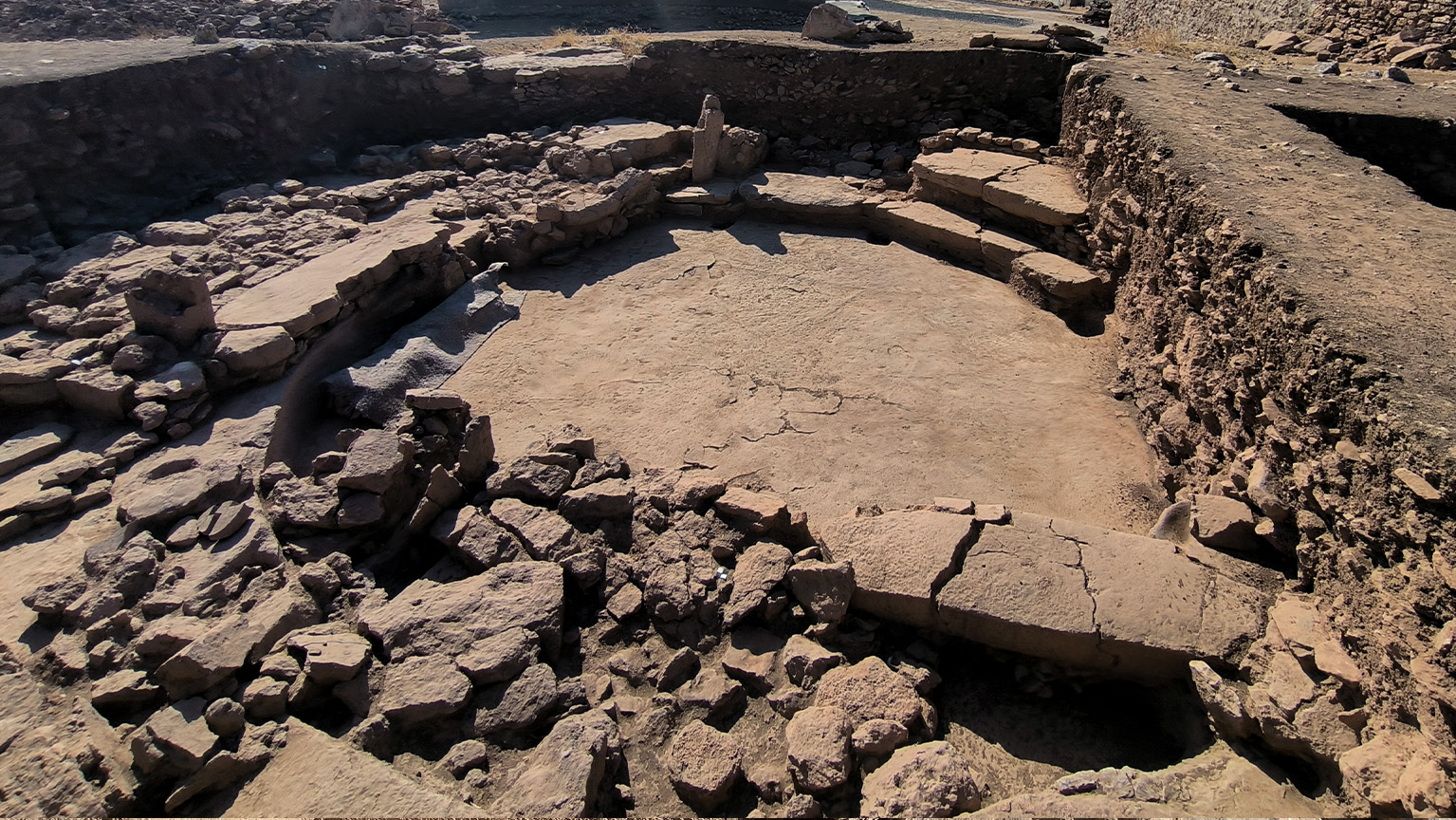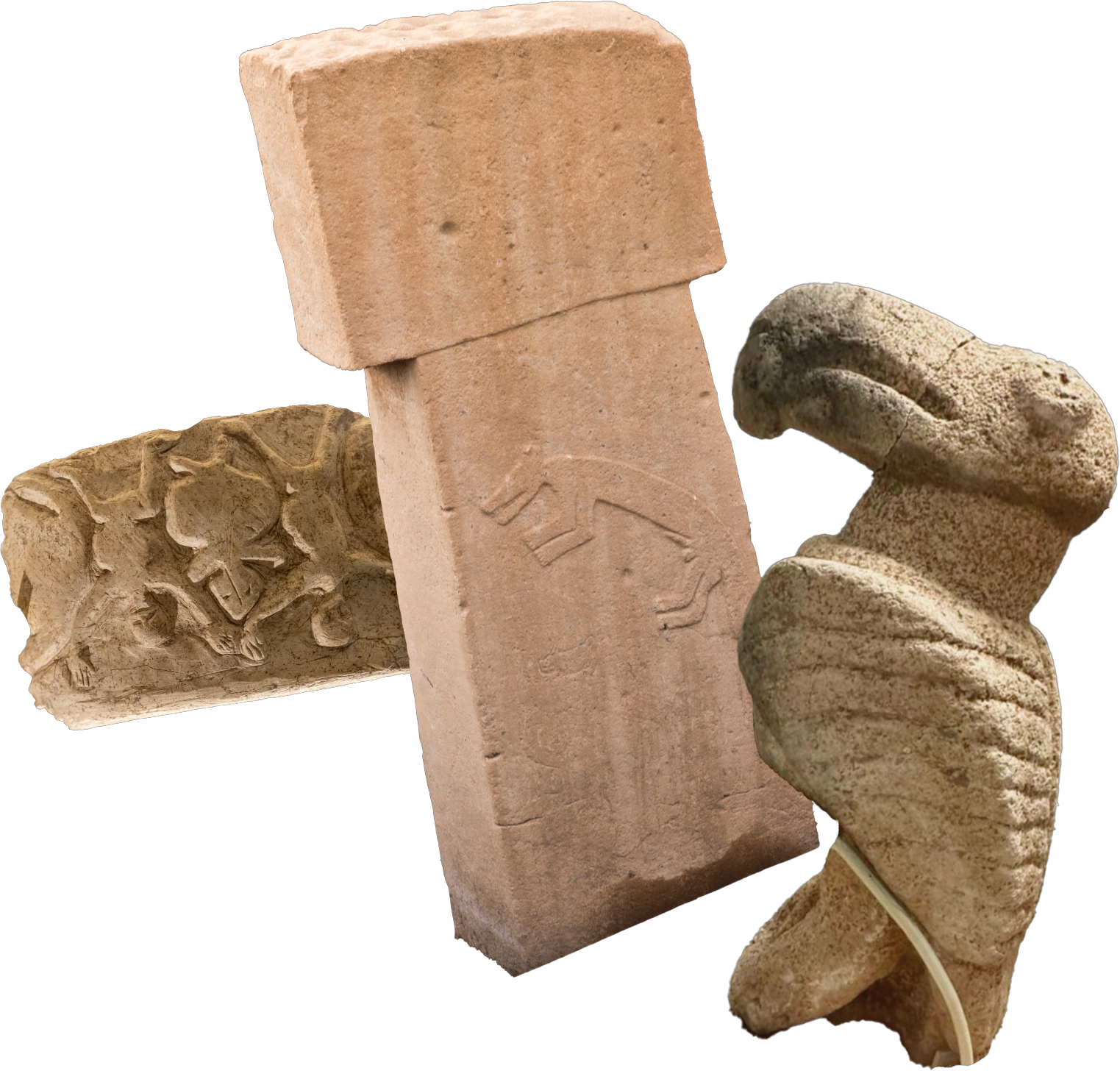1. What is Sayburç and where is it located?
Sayburç lies about 20 km southwest of the city of Şanlıurfa and 60 km east of the Euphrates River. It is a Pre-Pottery Neolithic settlement that is being researched under the scope of the Taş Tepeler Project. The settlement is located on Eocene limestone hills, sharing a similar geographical setting with other contemporary settlements on the Şanlıurfa Plateau.
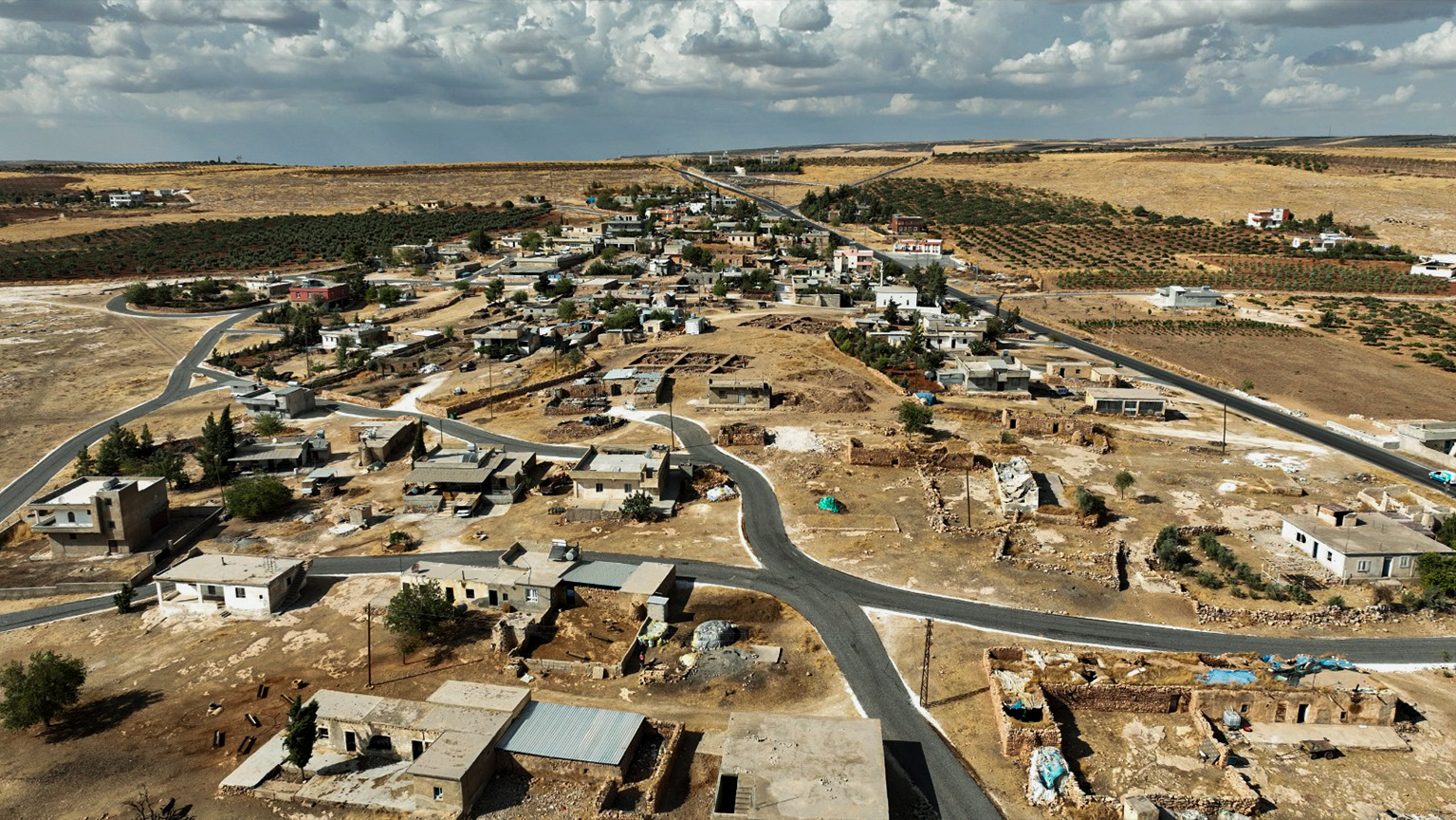
2. How was the research at Sayburç started?
In 2020, Sayburç was designated a second-degree archaeological site due to the presence of Roman period remains. In 2021, the Şanlıurfa Archaeology Museum and the Taş Tepeler Project team visited village and noticed the Neolithic pillars used on garden walls. Upon examination, it was determined that these stones belonged to the Neolithic period, indicating that there was an important Neolithic settlement here. Excavations at Sayburç continue as a joint project between the Şanlıurfa Archaeology Museum and the Department of Prehistoric Archaeology at Istanbul University.
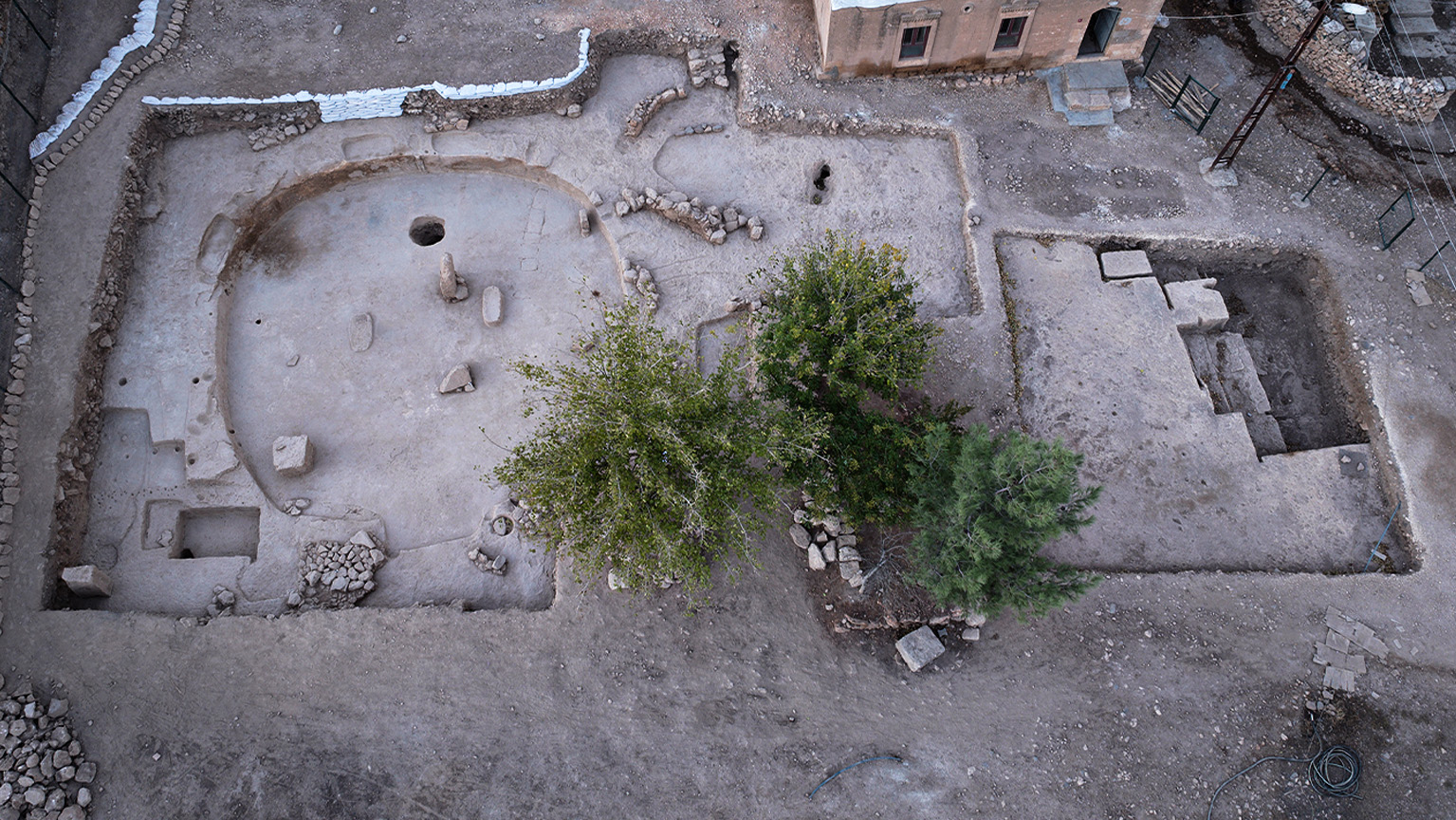
3. What are the aims of the research at Sayburç?
With the research at Sayburç, it is aimed to obtain information about the formation process of the special and residential buildings in the settlement, and to understand the daily life in a holistic way through the research at residential buildings. Moreover, it is also aimed to get data on domestication of animals, cultivation of plants and architectural developments, and make inferences about the cultures in this area in a broader context by interpreting symbolic elements that reflect the artistic view of the period, such as reliefs found in special buildings.
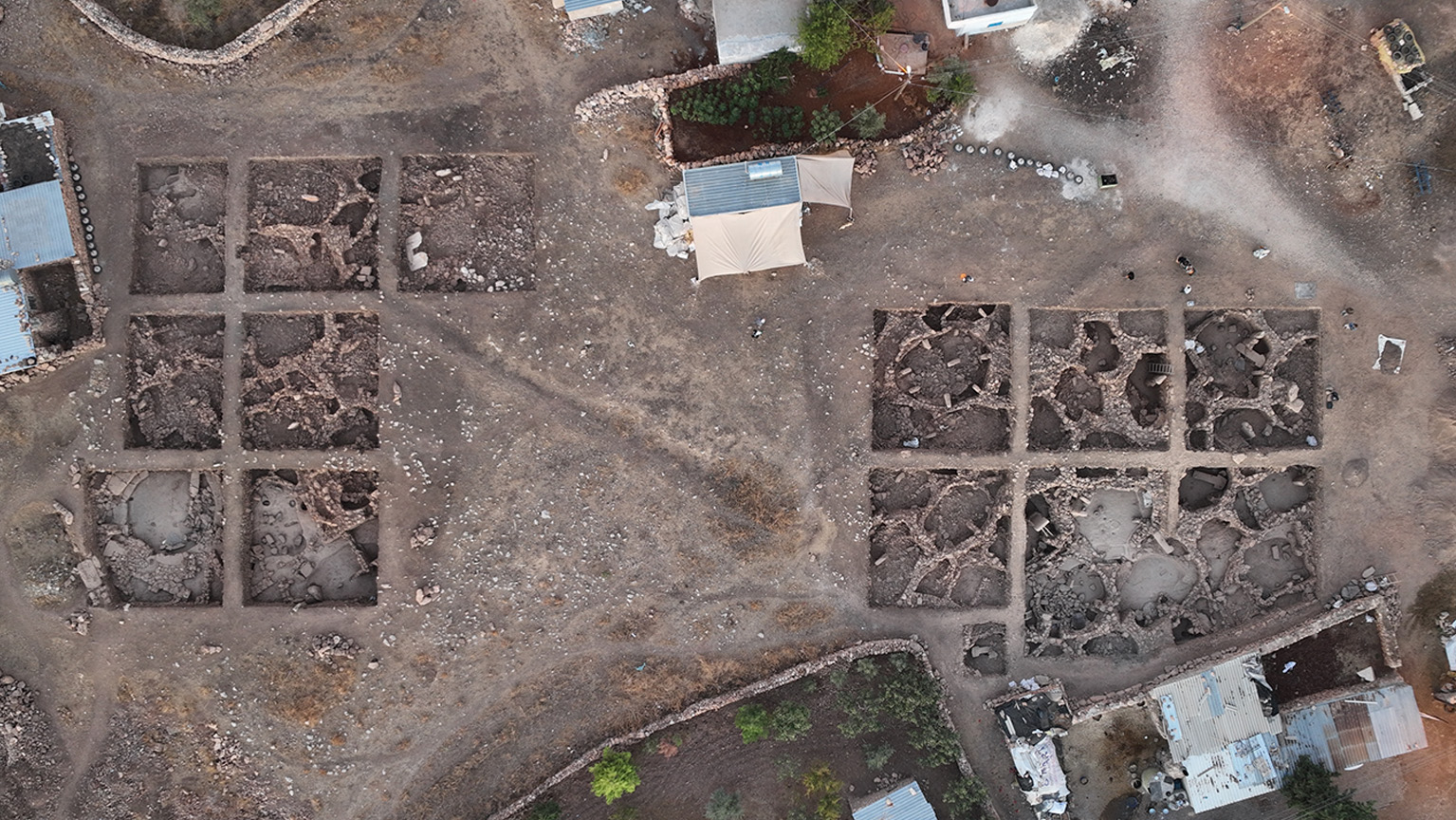
4. What is known about the history of human habitation at Sayburç?
The settlement at Sayburç shows three distinct periods of human habitation. The first began during the Pre-Pottery Neolithic Period, with people settling on both the northern and southern hills, constructing their buildings directly on the bedrock. By the middle of the Pre-Pottery Neolithic, the site was abandoned and remained uninhabited until the Roman Period, when quarries and buildings were established. Today, stone houses reflect the region's traditional architecture, lifestyle, and culture are located in the northern area.
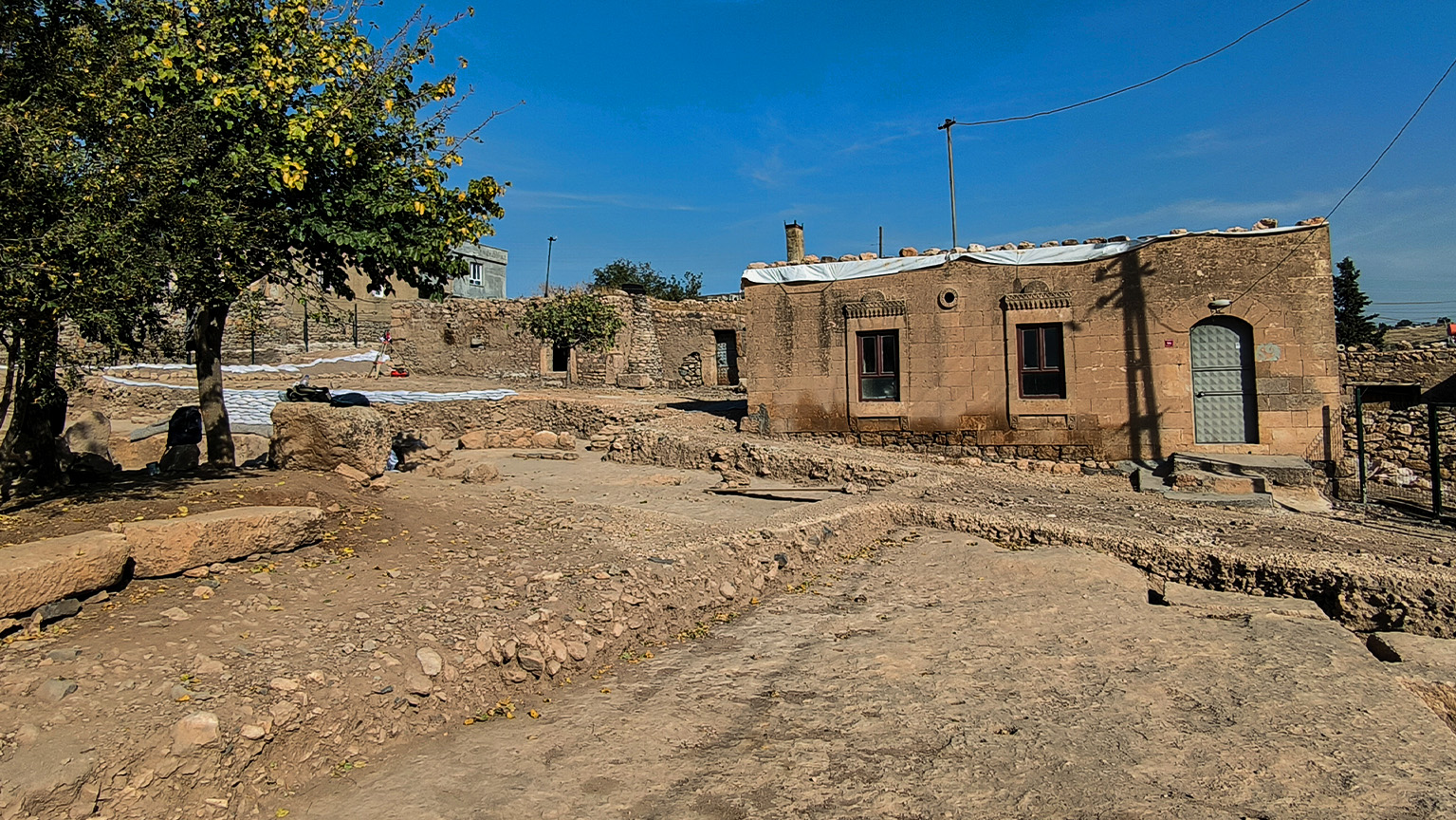
5. Are there any evidence that the buildings at Sayburç had been buried?
When excavations at Sayburç began, it was noted that the entire surface of the settlement was covered with small stones. It was soon understood that not only the buildings, but the entire settlement had been intentionally buried beneath this layer of stone. Beneath the stone layer, walls and Neolithic layers were uncovered. This suggests that after the structures were abandoned, the area was levelled, covered with stones, and left, indicating a planned, communal abandonment process.
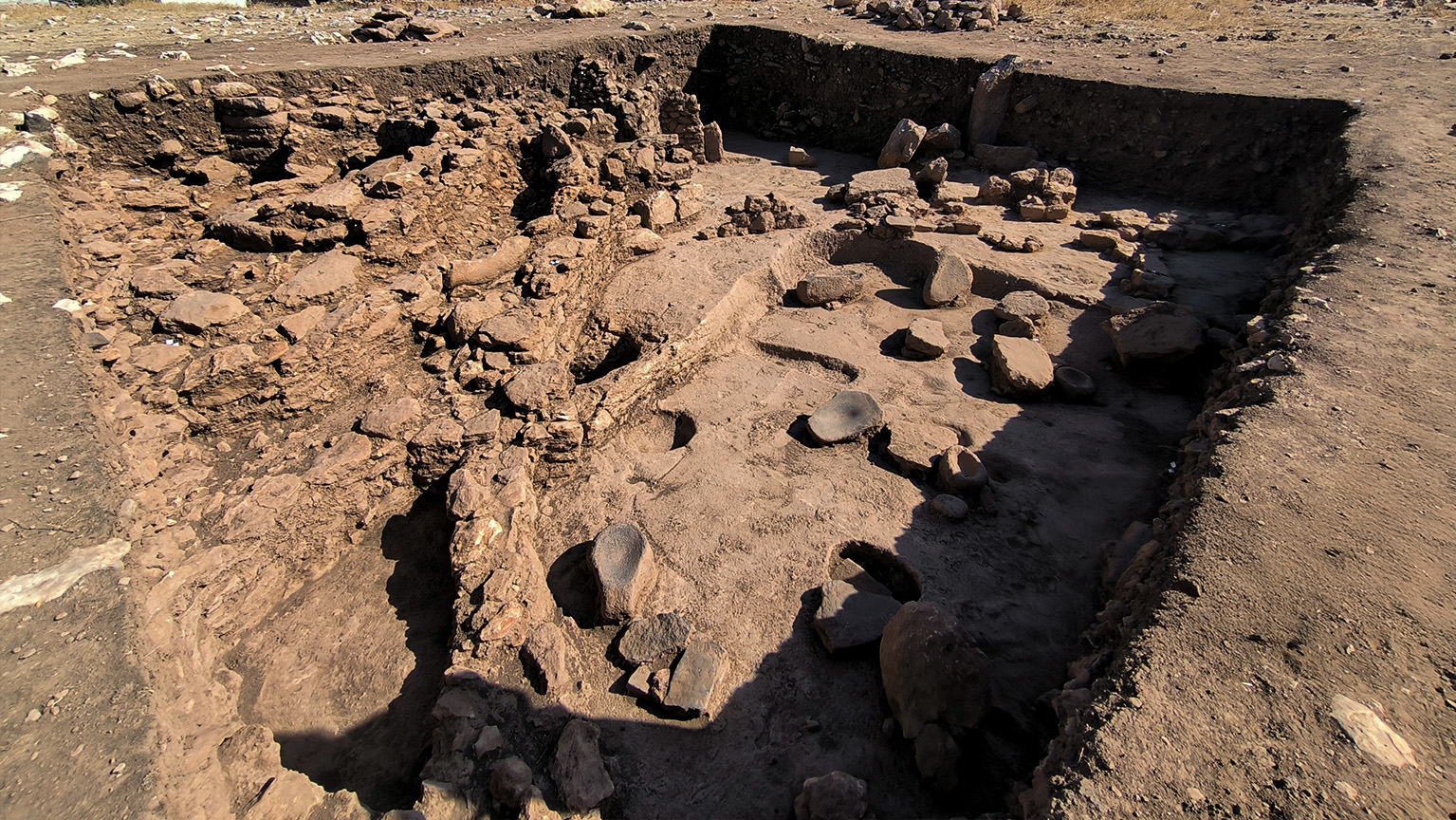
6. Are the special structures seen at sites such as Göbeklitepe and Karahantepe also found at Sayburç?
With the excavations carried out at Sayburç, special structures were found in the northern and southern areas. Especially, the "Relief Building" that was uncovered at the northern area, is one of the most striking architectural remnants. Carved into bedrock and with a diameter of around 12 meters, this special building has stone walls directly built on the bedrock and its floor has been formed by carving the bedrock. A prominent feature of this structure, like other public buildings in the region, is a bench extending along the walls, carved from the bedrock itself.
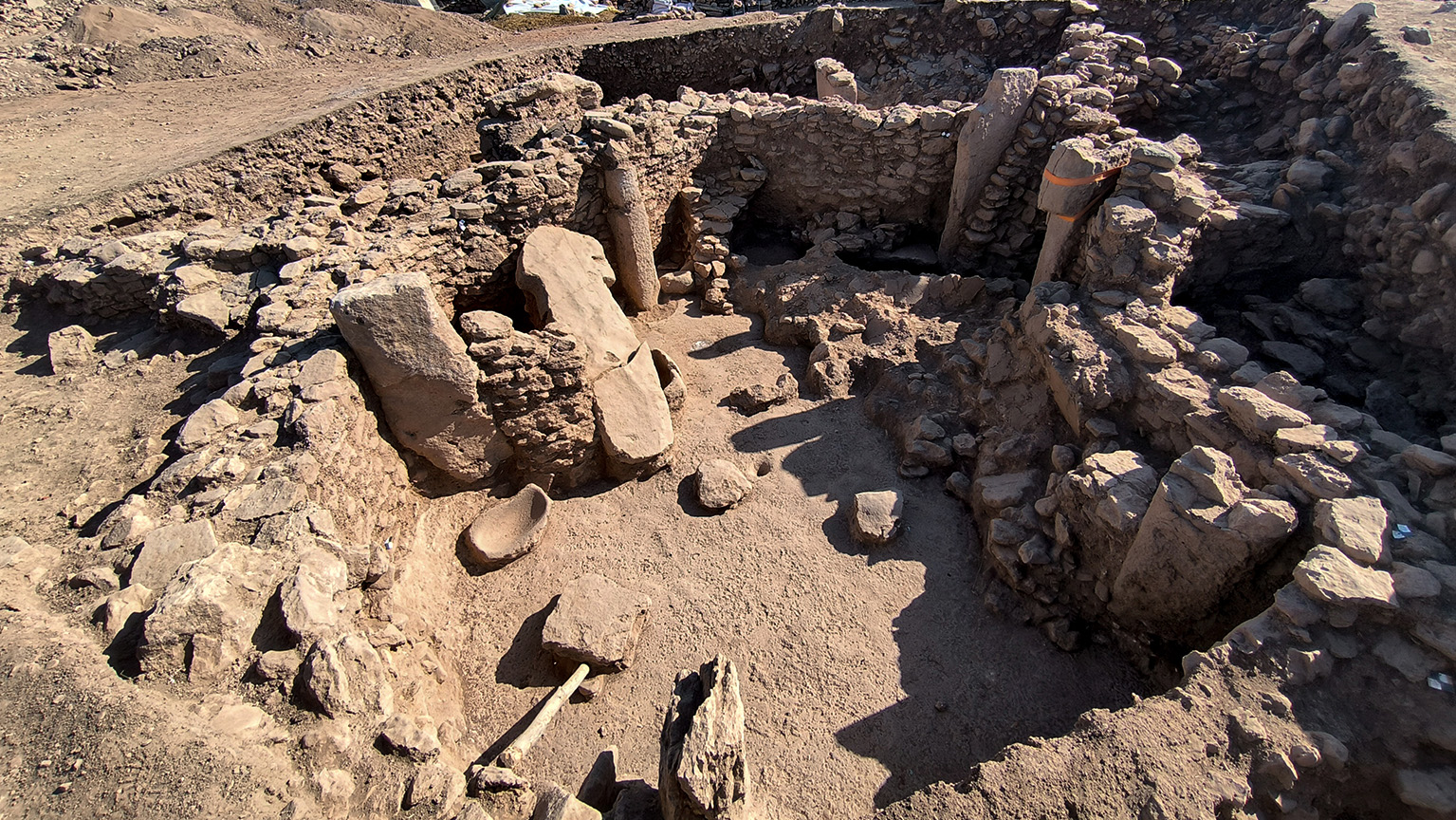
7. What is the importance of the "Sayburç Relief" discovered in a special building?
The reliefs, carved into the inner surface of the bench, cover an area measuring approximately 80x370 cm and depict five figures (two humans, two leopards, and a bull). The reliefs are organized into two main scenes, each depicting an interaction between humans and animals. Apart from the central human figure, the other figures are carved in low relief and shown in profile. This composition style emphasizes the interactions and gazes between the figures, forming a powerful narrative.
A distinctive feature of the Sayburç Reliefs is their focus not only on the figures but also on movement. The dynamic depiction of the figures suggests that events, not just characters, are central to the scene.
The Sayburç Reliefs offer important insights into the fact that people in the Neolithic period had stories to tell, and that they depicted these stories in communal spaces where rituals were performed.
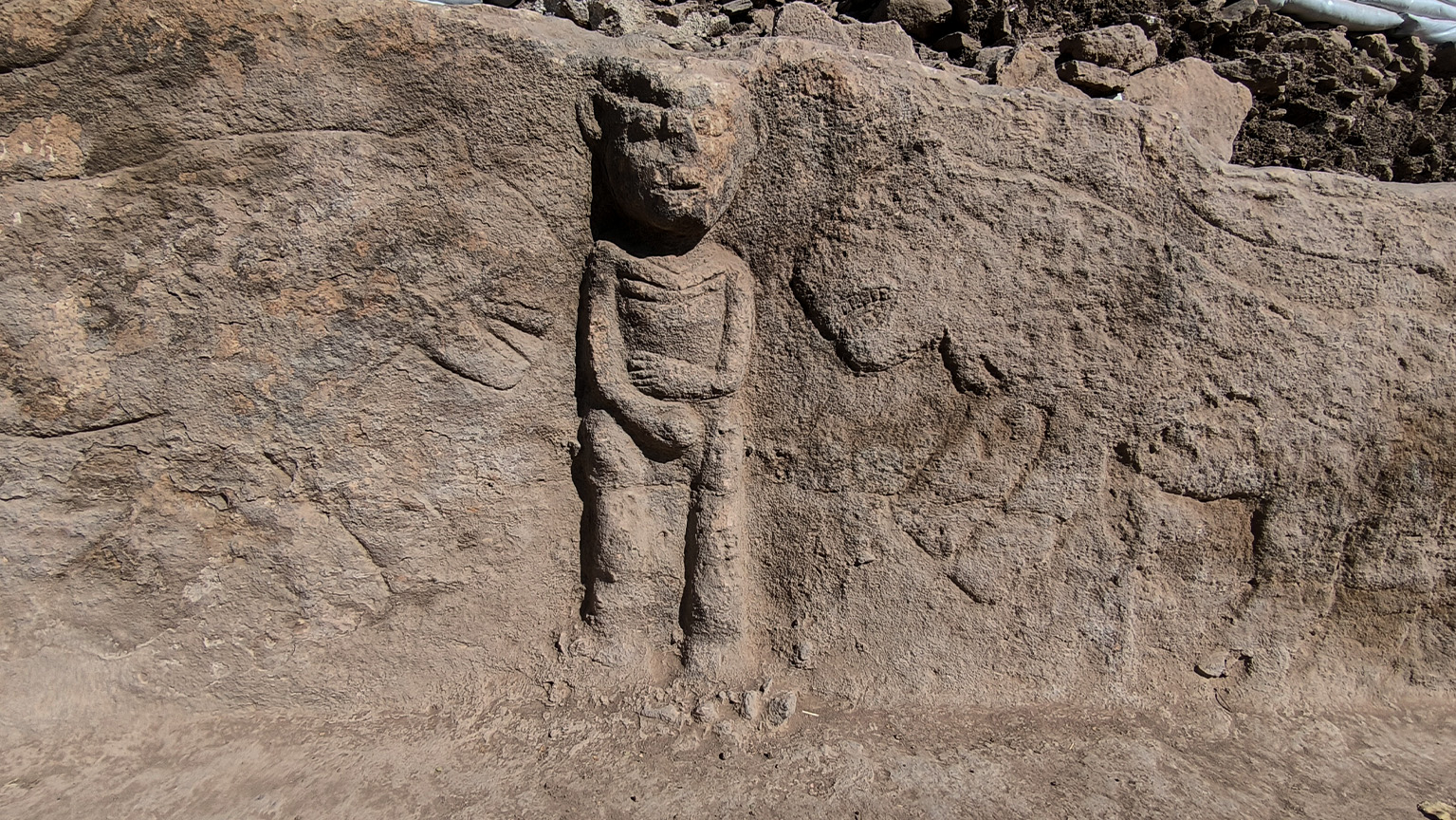
8. Were any human remains found in the settlement?
Human skeletons have been found within the domestic buildings. Sayburç has revealed evidence of a secondary burial tradition in certain buildings. Secondary burials involve a complex process in which bodies are processed and buried after death and then moved to another location. Skeletal ruins were found in two domestic buildings. In one, they were discovered in a niche within the wall; in the other, the bones had likely been removed from their original burial site and scattered around the room. In both cases, cut marks and burn traces were found, indicating that the bones had undergone defleshing.
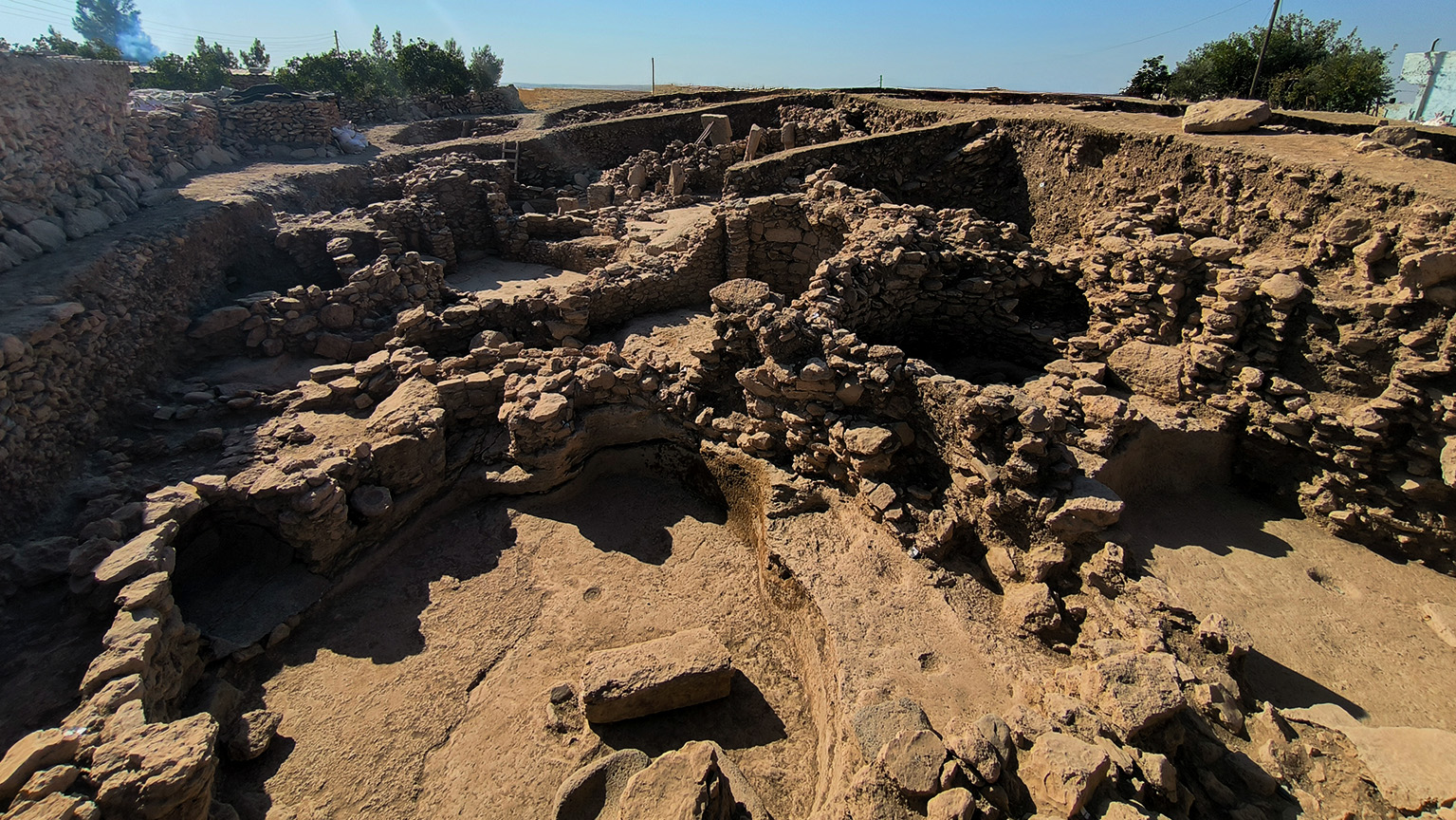
9. What can we learn from the domestic buildings uncovered in Sayburç settlement?
Smaller domestic buildings that are clustered around public buildings at Sayburç are remarkable. Excavations in the domestic buildings have provided detailed insights into the community. The inhabitants, who maintained a hunter-gatherer lifestyle, used chipped stone tools for cutting and drilling, stone axes and grinders, and tools from animal bones.
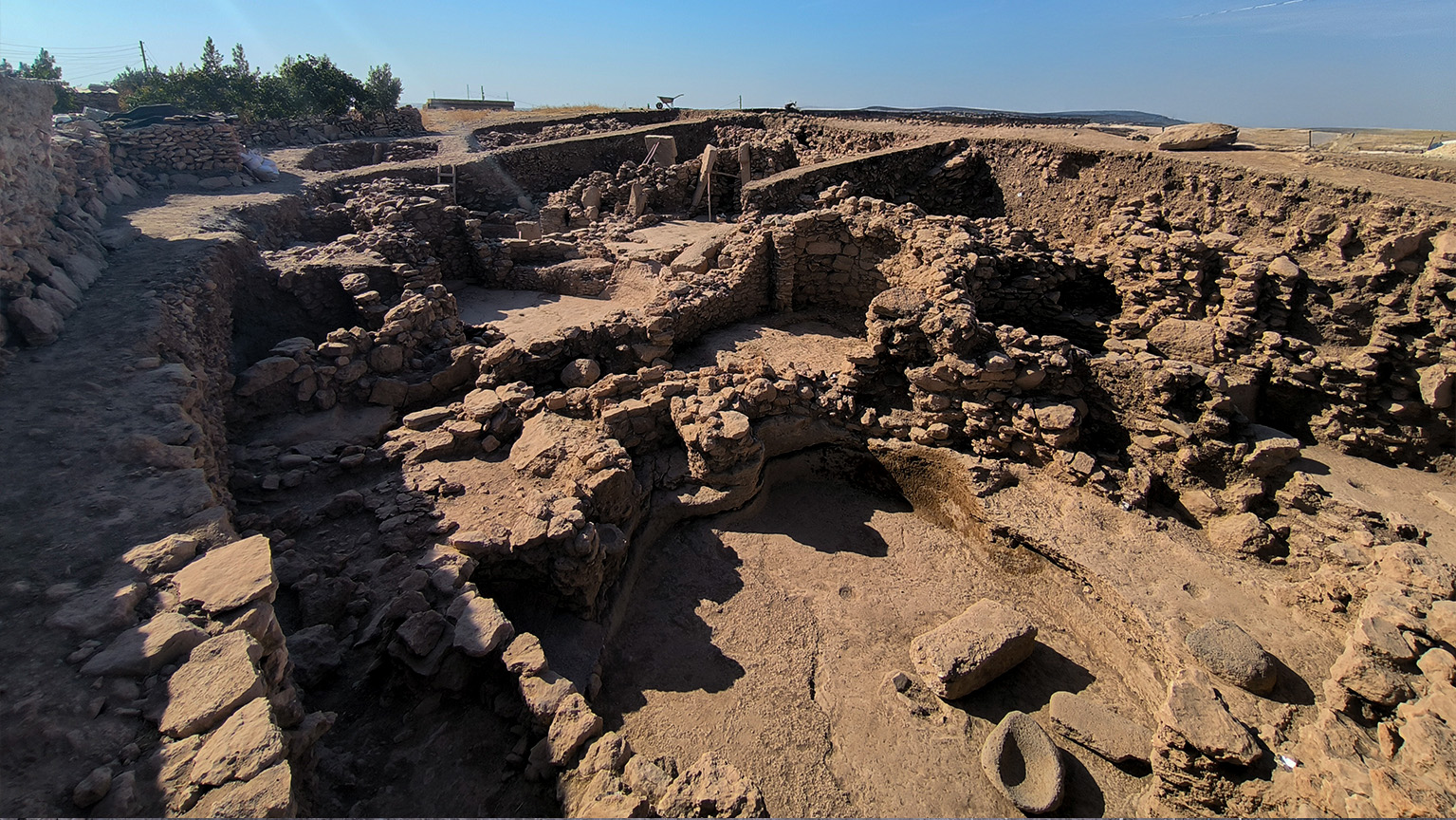
10. How will be the future of the Sayburç excavations?
The archaeological excavations at Sayburç are still ongoing and new findings are uncovered every year. In the coming period, it is aimed to analyse the special buildings and residential areas in more detail and to obtain more data on the daily life of the communities living in the settlement. Furthermore, the relationship with the other sites of Taş Tepeler in the region will be better understood. Future studies will reveal the role and importance of Sayburç in the Neolithic Period more clearly.
